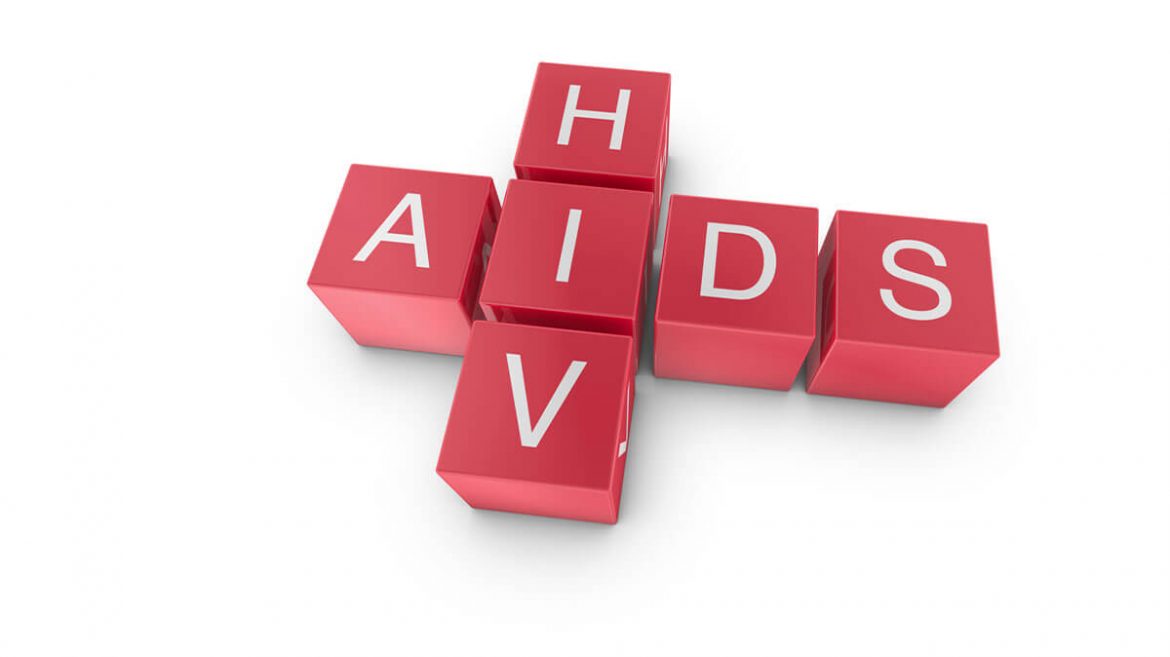HIV in India in the last 10 years
According to statistics released by the National AIDS Control Organization in response to an RTI request, over 17 lakh people in the nation caught HIV in the previous ten years as a result of unprotected intercourse.
However, in the last ten years, the number of people developing HIV (human immunodeficiency virus) has decreased dramatically. HIV transmission through unprotected intercourse was detected in 2.4 million people in 2011–12, but this figure is expected to drop to 85,268 in 2020–21.
In response to the RTI query filed by Madhya Pradesh-based activist Chandra Shekhar Gaur, the National AIDS Control Organization (NACO) stated that 17,08,777 people contracted HIV by unprotected sex between 2011-2021 in India.
Among the states, Andhra Pradesh recorded the highest number of such cases of HIV transmission at 3,18,814 followed by Maharashtra at 2,84,577, Karnataka at 2,12,982, Tamil Nadu at 1,16,536, Uttar Pradesh at 1,10,911 and Gujarat at 87,440 cases.
Also, 15,782 people contracted HIV by transmission through blood and blood products from 2011-12 to 2020-21, and 4,423 contracted the disease by mother to child transmission according to 18 month antibody testing data.
According to the data, there has been a continuous drop in HIV transmission cases across all states and union territories.
As of 2020, the country has 23,18,737 HIV-positive people, including 81,430 children.
The counsellor captured the information on HIV transmission mechanisms from the responses given by HIV positive patients during pre-test and post-test counselling. Hence, the data is self-reported, according to the RTI application.
HIV wreaks havoc on the body’s immune system. If HIV is not treated (acquired immunodeficiency syndrome), AIDS can develop.
Contact with contaminated blood, sperm, or vaginal secretions can spread the virus.
Flu-like symptoms such as fever, sore throat, and exhaustion can arise within a few weeks following HIV infection.
The condition is therefore typically asymptomatic until it advances to AIDS. Weight loss, fever or night sweats, weariness, and repeated infections are among signs of AIDS.
There is no effective cure for HIV. It is, however, treatable with adequate medical attention.
According to Satish Koul, Director of Internal Medicine at Fortis Memorial Research Institute in Gurugram, the HIV situation in India has stabilised over the previous decade.
“India has a very good network of NACO, a Government of India organisation, which is responsible for managing HIV patients right from his/her diagnosis.
With easy availability of Highly Active Anti Retroviral Treatment (HAART), the prognosis of HIV patients has improved over the last two decades. In fact since the year 2000, the prevalence of HIV infected patients is on a declining trend,” he told PTI.
On the declining trend in the transmission cases of HIV, Prabhat Ranjan Sinha, Senior Consultant, Internal Medicine, Aakash Healthcare, Dwarka said due to the COVID-19 pandemic and lockdown restrictions, HIV detection has been low in the country for the past two years.
“Now that Covid has passed us by, the number of HIV patients is likely to rise. If a person tests positive for HIV, he should begin antiretroviral therapy (ART) as soon as possible,” he added.
Also read: INDIA HAS RECORDED 3,451 NEW COVID CASES AND 40 DEATHS IN LAST 24 HOURS
contact us: Facebook

